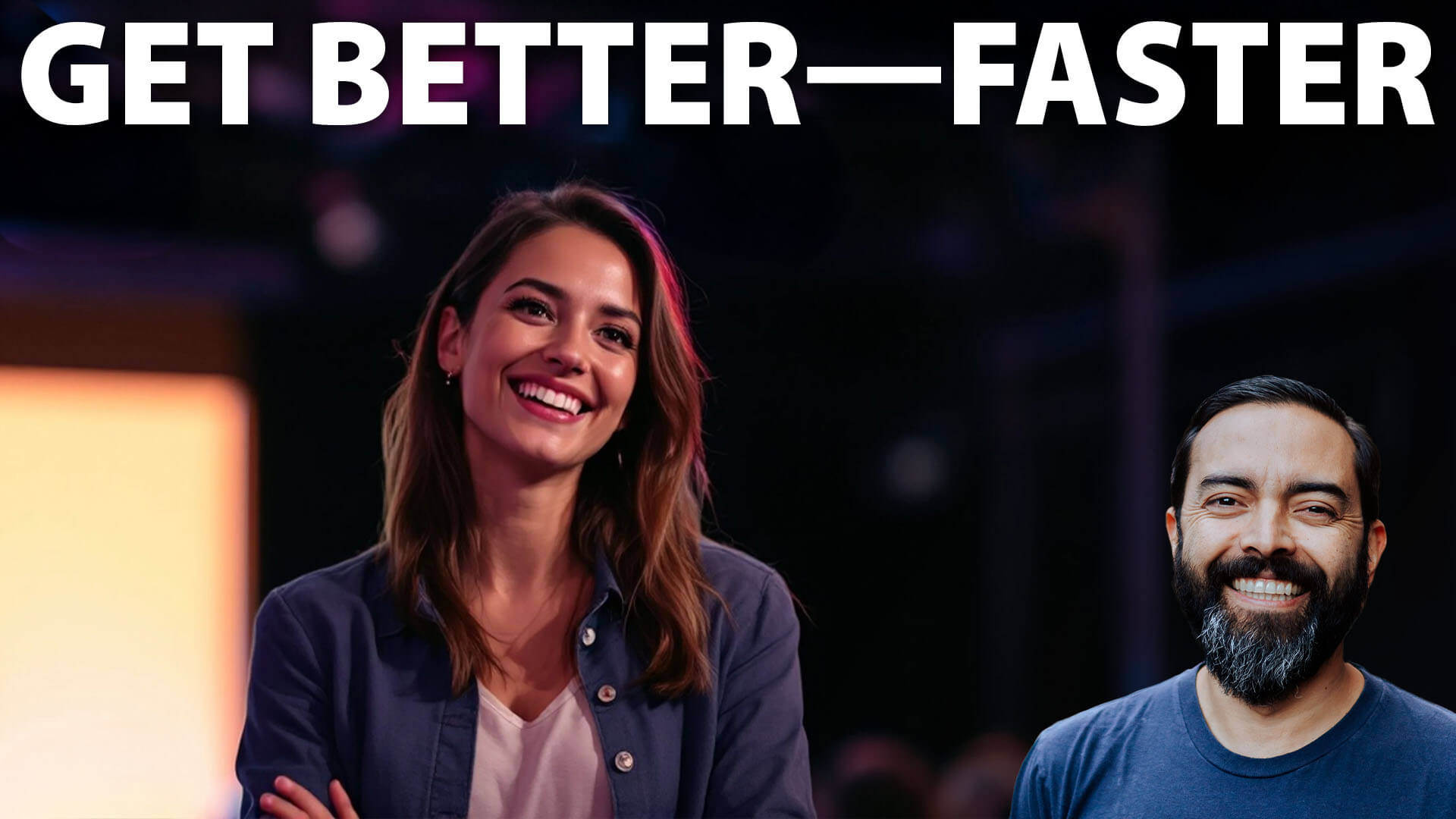KENTE FOR JOJO
The day has arrived to select little Jojo’s kente, a Ghanaian cloth known for its striking patterns. Kente has a rich cultural history; as Daddy says, it all began many years ago, when, according to lore, two hunters saw the spider Ananse spinning a beautiful web and asked him to teach them. Mummy, Daddy, baby Jojo, and the story’s nameless young narrator enter a brick building filled with cloth and weavers hard at work at their looms, “moving their hands to an invisible beat.” One of the weavers asks the protagonist what story the cloth should tell, and the child points to the rainbow peeking through the windows. “Ah, Nyankonton,” the weaver says, “the story of God’s eyebrows.” Guided by the master weaver, the youngster gets to work on the loom: “We move…and sway, with hands and feet. Dancing.” As they “weave to the beat,” the child slips. Oh no! But the weaver is reassuring: “Kente is about love.” Zunon’s characteristic collage and mixed-media illustrations, radiant with bold color, practically leap from the page, conveying the richness of the fabrics. The layered images reflect the complexity of kente—textural, intricate, and deeply symbolic. Munsch’s lyrical text, infused with onomatopoeia and cultural detail, captures the rhythm of weaving, creating a narrative as vibrant as the cloth itself.


The day has arrived to select little Jojo’s kente, a Ghanaian cloth known for its striking patterns. Kente has a rich cultural history; as Daddy says, it all began many years ago, when, according to lore, two hunters saw the spider Ananse spinning a beautiful web and asked him to teach them. Mummy, Daddy, baby Jojo, and the story’s nameless young narrator enter a brick building filled with cloth and weavers hard at work at their looms, “moving their hands to an invisible beat.” One of the weavers asks the protagonist what story the cloth should tell, and the child points to the rainbow peeking through the windows. “Ah, Nyankonton,” the weaver says, “the story of God’s eyebrows.” Guided by the master weaver, the youngster gets to work on the loom: “We move…and sway, with hands and feet. Dancing.” As they “weave to the beat,” the child slips. Oh no! But the weaver is reassuring: “Kente is about love.” Zunon’s characteristic collage and mixed-media illustrations, radiant with bold color, practically leap from the page, conveying the richness of the fabrics. The layered images reflect the complexity of kente—textural, intricate, and deeply symbolic. Munsch’s lyrical text, infused with onomatopoeia and cultural detail, captures the rhythm of weaving, creating a narrative as vibrant as the cloth itself.















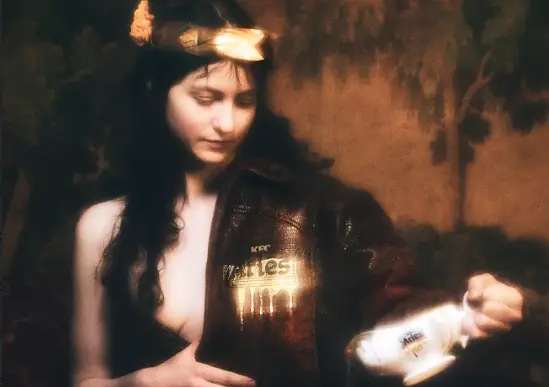


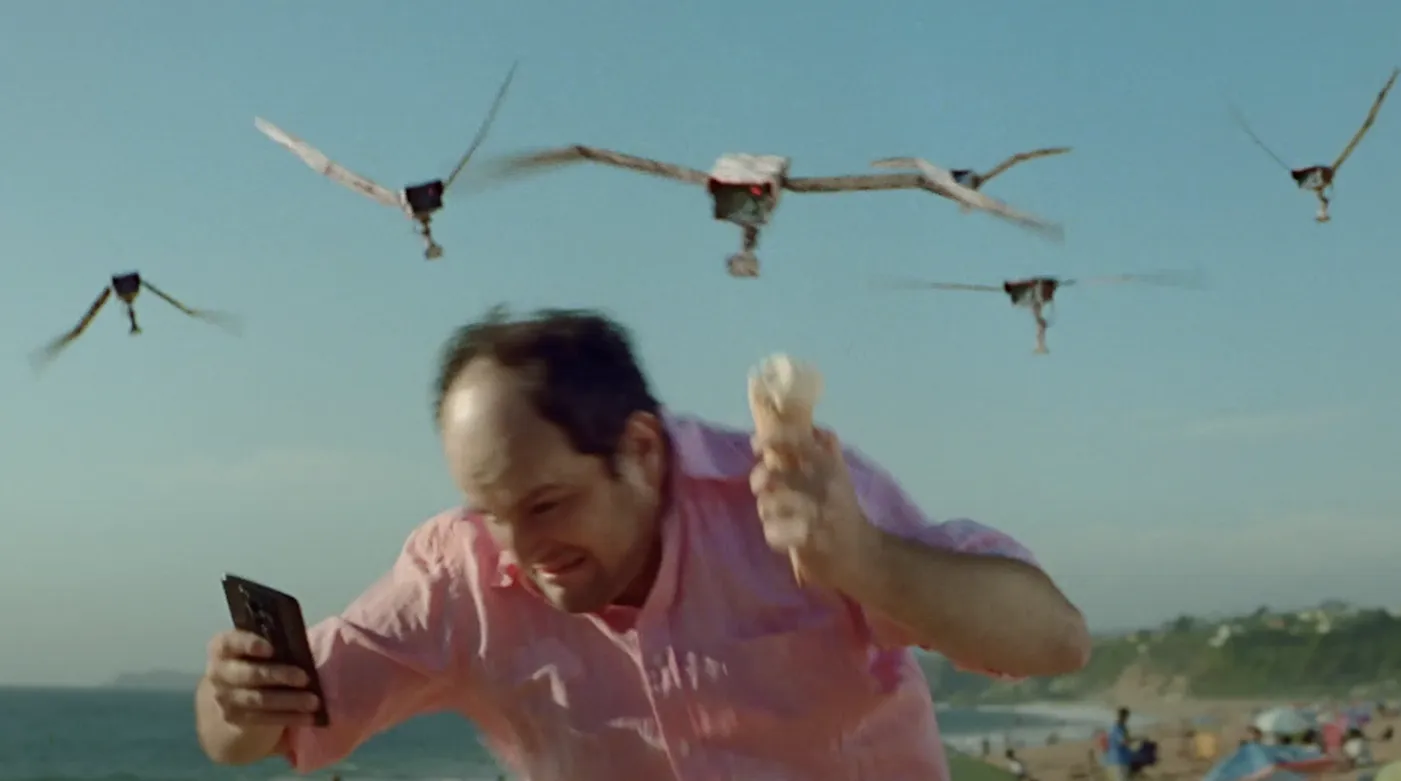








![How To Launch, Grow, and Scale a Community That Supports Your Brand [MozCon 2025 Speaker Series]](https://moz.com/images/blog/banners/Mozcon2025_SpeakerBlogHeader_1180x400_Areej-abuali_London.png?auto=compress,format&fit=crop&dm=1747732165&s=beb7825c980a8c74f9a756ec91c8d68b#)
![Clicks Don’t Pay the Bills: Use This Audit Framework To Prove Content Revenue [Mozcon 2025 Speaker Series]](https://moz.com/images/blog/banners/Mozcon2025_SpeakerBlogHeader_1180x400_Hellen_London.png?auto=compress,format&fit=crop&dm=1747758249&s=9f3c5b1b7421f862beace1cb513053bb#)
![How To Create an Integrated Strategy That Increases Brand Mentions and Visibility [Mozcon 2025 Speaker Series]](https://moz.com/images/blog/banners/Mozcon2025_SpeakerBlogHeader_1180x400_JamesH_London.png?auto=compress,format&fit=crop&dm=1747780409&s=9bf9f0a2623b4a8be6eaf8f235115505#)

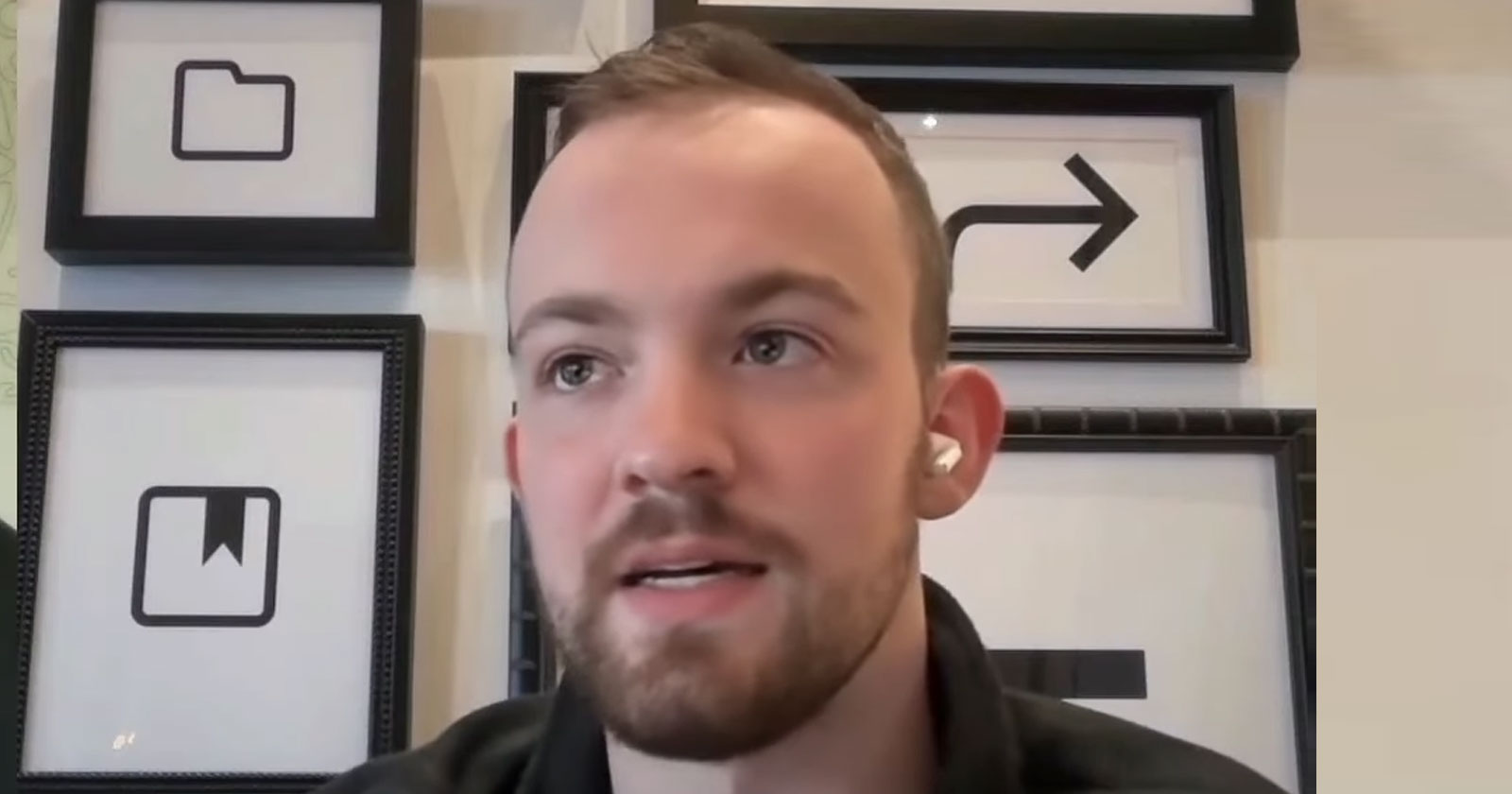



















![The 11 Best Landing Page Builder Software Tools [2025]](https://www.growthmarketingpro.com/wp-content/uploads/2024/04/best-landing-page-software-hero-image-1024x618.png?#)









































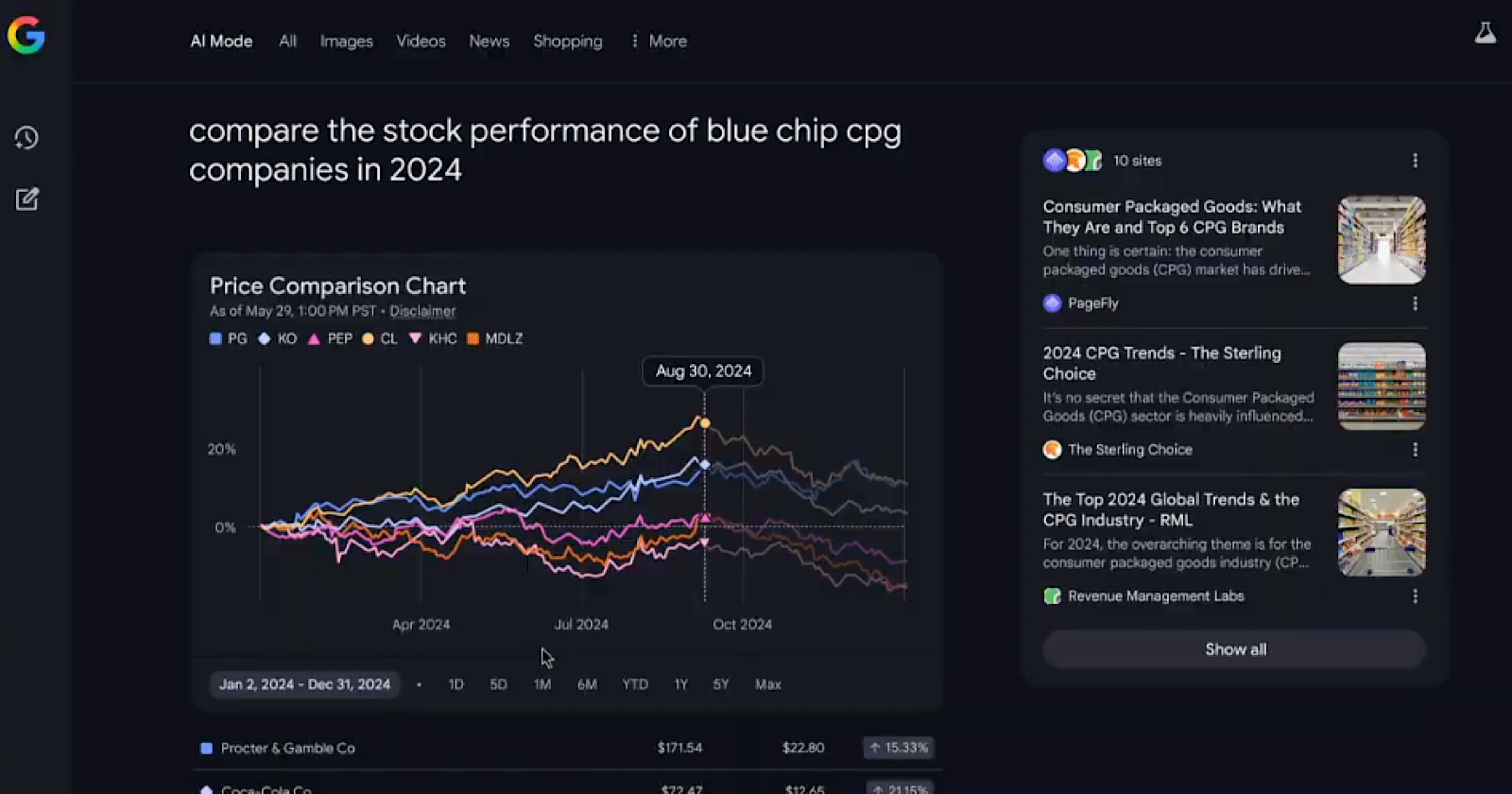















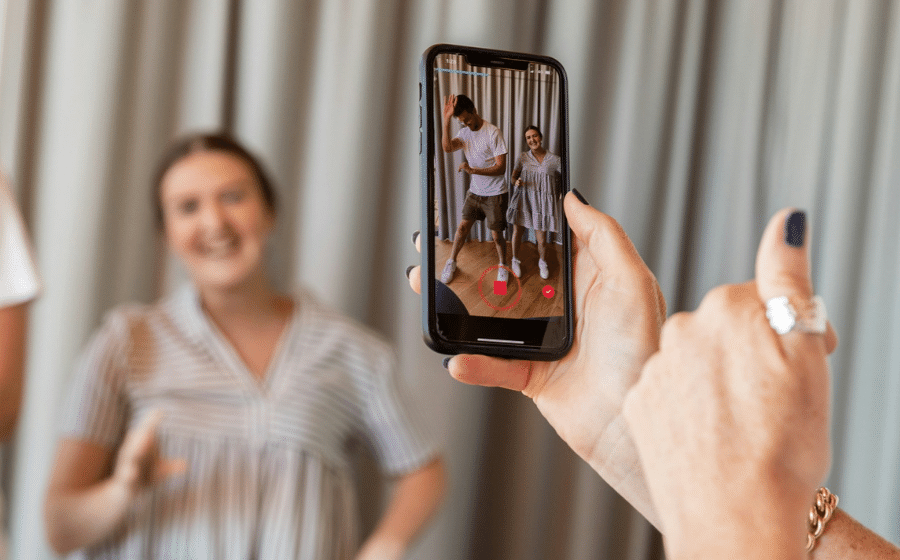






![Social media image sizes for all networks [June 2025]](https://blog.hootsuite.com/wp-content/uploads/2023/01/Social-Media-Image-Sizes-2023.png)


![41 Instagram features, hacks, & tips everyone should know about [new data]](https://www.hubspot.com/hubfs/Instagram-hacks-1-20240916-2633447.webp)







